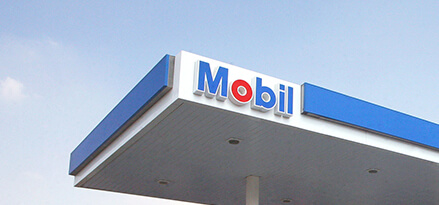Keep your car well serviced, and make sure you check the oil levels regularly to help keep the engine happy.
Make sure you check your tyre pressure at least once a month and before you set off on a long journey. Under-inflated tyres can increase your fuel consumption by up to 4 percent.*
If driving at 60 miles per hour or more, keep the windows up. Open windows create a lot of aerodynamic drag, which can add to your fuel usage when driving at high speeds. Also, remove the roof rack if you’re not using it, for up to 10 percent savings on fuel.**
Don’t let your car idle for prolonged periods of time. If you get stuck in a traffic jam, consider switching off your engine, provided it is safe to do so.
Air conditioning is known for using power, which consumes fuel and emits CO₂.** If you’re driving at a low speed, switch it off and open your windows instead.
Keep your boot and back seats clear of loads you don’t need. Carrying around tools or sport bags full of gear and equipment can make your car heavier. This, in turn, makes the engine work harder and uses more fuel.
It is good to get into the habit of changing up to a higher gear as soon as you can. Higher gears are more economical in terms of fuel consumption.**
Drive smoothly and at a reasonable speed whenever possible – driving at high speeds may use more fuel than driving at slower speeds. Remember, if you accelerate or brake suddenly it is likely that your engine will use up more fuel and produce more CO₂.
Anticipate the flow of traffic as far ahead of you as possible to help you avoid unnecessary stopping and starting. This will help you to drive more smoothly.
A shared journey means one less car on the road. This could help to reduce traffic congestion.





